Viking Blog
Viking Shield: 7 Secrets That Will Surprise You!
The Viking shield is common in movies and games. It often evokes images of fierce warriors in epic battles. But these iconic shields were far more than simple defenses. They were symbols of Viking culture and skill. Each told a story of ingenuity, artistry, and the Viking way of life. Here are 7 surprising secrets about Viking shields. They might change how you view these ancient marvels.
1. Viking Shields Were Lightweight and Versatile
Forget the Hollywood image of bulky, cumbersome shields. The lightweight design of Viking shields surprised many. Craftsmen made them from common woods, like spruce, fir, or alder. These woods were light yet durable. They were vital for warriors. They needed to rush into battle and carry their shields during long journeys. They used linden wood for its flexibility at times. This added resilience. The shield’s construction was a marvel of engineering. Workers overlapped the planks of wood with precision and secured them with rivets. Then, they covered them in leather or rawhide for a firm grip and added protection. This clever design let the shields absorb blows. They were light enough for quick movements. So, they became both defensive and offensive weapons.
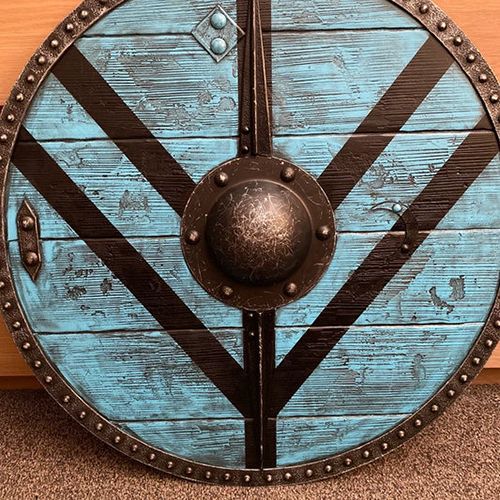
2. They Were Carefully Designed for Psychological Warfare
Viking shields weren’t functional; they were works of art designed to intimidate. Vivid colors like blood red, fiery yellow, and ominous black. They combined with fearsome Norse mythological symbols. Imagine facing a shield wall adorned with menacing ravens, symbols of Odin and war. It bore Thor’s powerful hammer and the valknut, a symbol of Odin and the afterlife. These striking designs weren’t decorations. They were a form of psychological warfare. They aimed to instill fear and break the enemy’s spirit before the first blow. Each shield was likely unique. It reflected the warrior’s individuality, family, or gods.
3. The Shields Were Not Just for Combat
Beyond the battlefield, Viking shields held deep cultural significance. They were powerful status symbols, displayed with pride in homes and on longships. Wealthy warriors would decorate their shields with intricate metalwork, silver, or gold leaf. They showcased their wealth and prestige. A shield’s materials and craftsmanship showed its owner’s status. Shields also played a role in rituals and ceremonies. They were sometimes used as grave goods, accompanying warriors into the afterlife. Warriors relied on shields in many battles. They may have protected others on their journeys. This shows their versatility in Viking society.
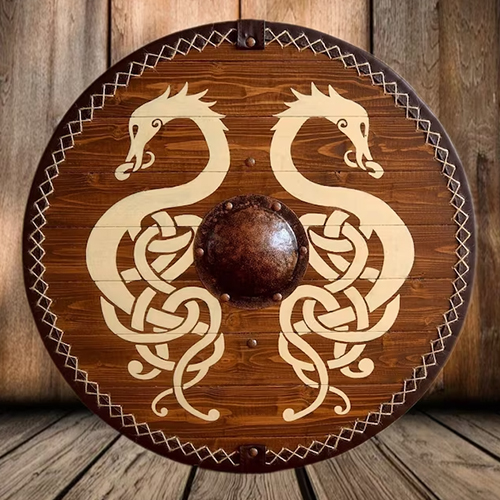
4. Shield Walls: A Revolutionary Battle Tactic
The “skjaldborg,” or shield wall, was a testament to Viking strategic genius. Warriors would stand shoulder to shoulder, their shields locked. This formed an impenetrable barrier that could withstand even the fiercest assaults. This formation gave an unmatched defense. It let the Vikings advance, stay in formation, and overwhelm their foes. The shield wall required great discipline, coordination, and trust. It embodied the Viking spirit of teamwork and tactics. They used formations, like the “swine snout” wedge, to adapt to battles. Yet, even the mighty shield wall had vulnerabilities. Skilled foes could try to outflank it or use ranged weapons to bypass its defenses.
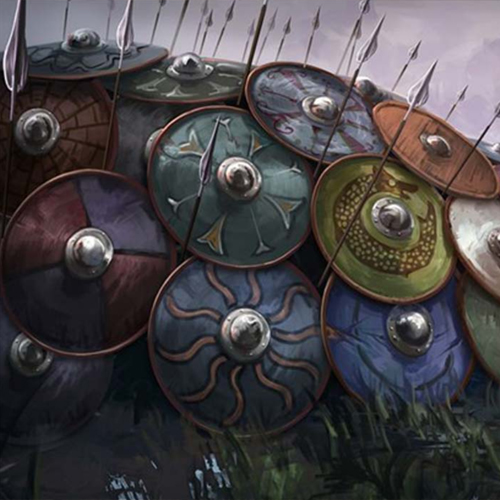
5. The Center of the Shield Had a Secret Weapon
The iconic metal boss at the center of a Viking shield wasn’t for show. Made of iron and secured with a long rivet that ran through the entire shield, the boss served a dual purpose. It reinforced the shield’s structure, providing crucial protection for the warrior’s hand. But it was also a formidable weapon in its own right. In close combat, players could use the boss to punch, bludgeon, or disarm opponents. This transformed the shield into a deadly weapon.
6. Shields Were Designed to Break and Be Replaced
This might seem counterintuitive, but Viking shields were often designed to be disposable. In the heat of battle, a shield might shatter under a powerful blow. Yet, this was a calculated sacrifice. A broken shield could absorb more impact than a rigid one. It might save the warrior’s life. Vikings often carried spare shields. If not, they could scavenge one from a fallen comrade in a short amount of time. This ensured they were never defenseless. This adaptability was key to their success in the unpredictable chaos of warfare.
7. Shields Played a Role in Viking Shipbuilding
Viking shields weren’t for land battles. They were also key to their iconic longships. They mounted vibrant shields along the gunwales on a regular basis. They added to the ship’s fearsome look. These shields served many purposes. They protected the crew from arrows, spears, and the elements. They also announced the ship’s identity and allegiance. A longship, adorned with shields, was a powerful sight. It symbolized Viking strength and seafaring skill.
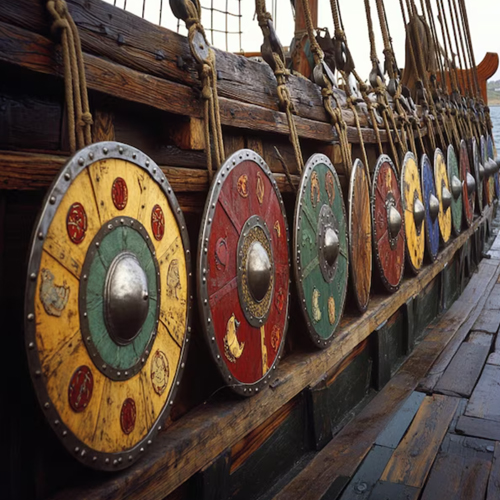
The Enduring Legacy of the Viking Shield:
The Viking shield captivates and inspires. It is a symbol of strength, ingenuity, and adaptability. It shows the Vikings’ rich culture and strategic minds. Each shield bears witness to its maker’s craftsmanship and the battles it faced. Today, these ancient artifacts still fascinate. They appear in museums, reenactments, movies, and video games. They influence modern art, design, and sports. This shows the lasting legacy of Viking artistry and craftsmanship.
So, the next time you encounter a Viking shield, remember that it is more than a piece of wood and metal. It shows the skill, art, and spirit of a great, ancient civilization.

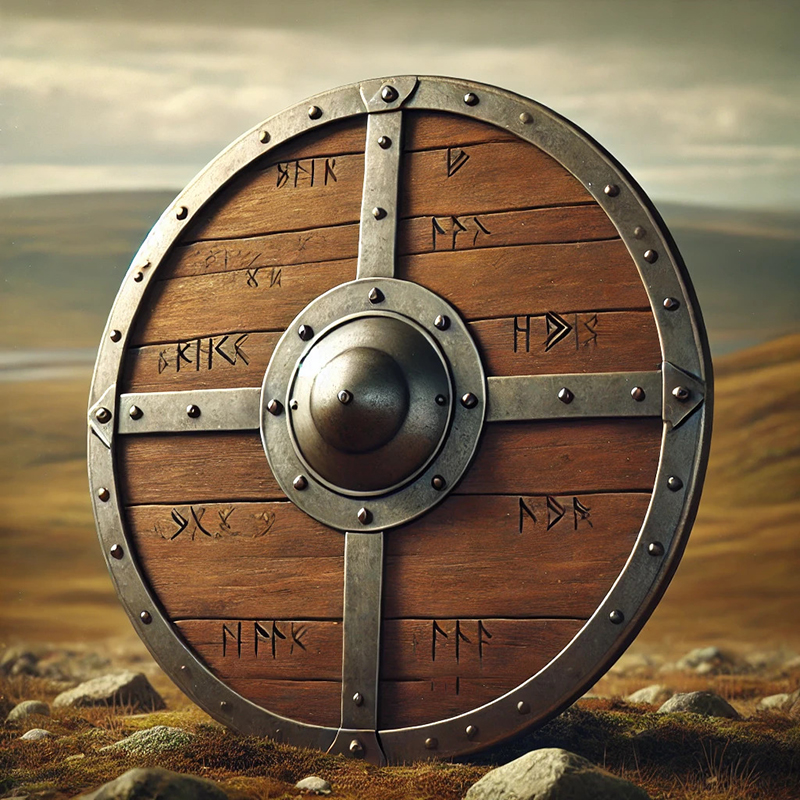
Love to learn of my NORSE ancestry